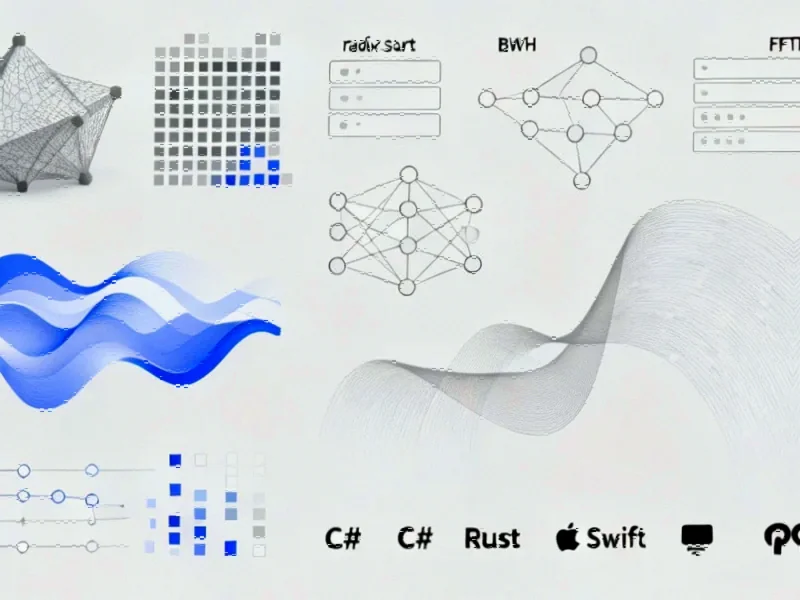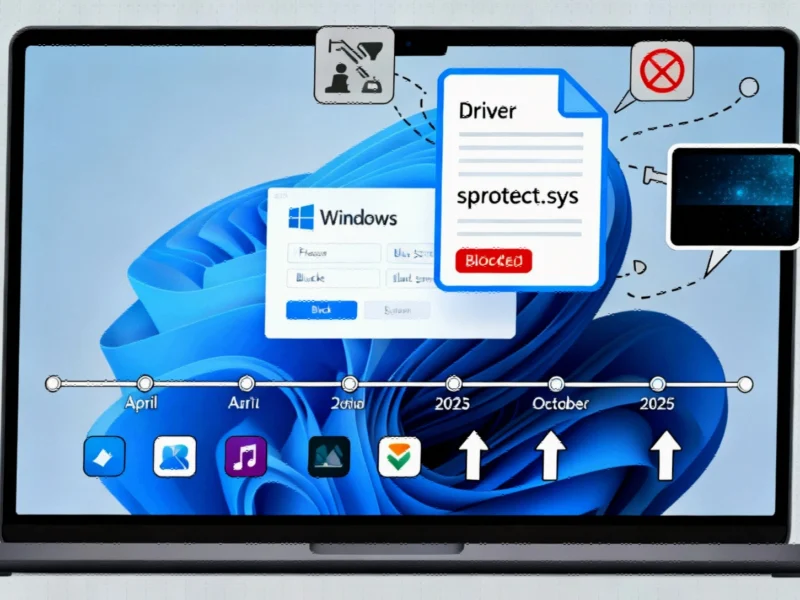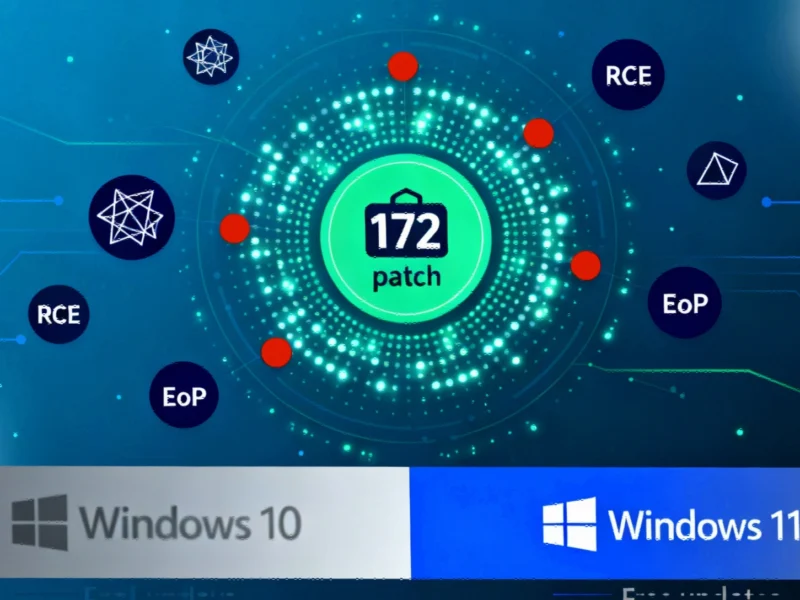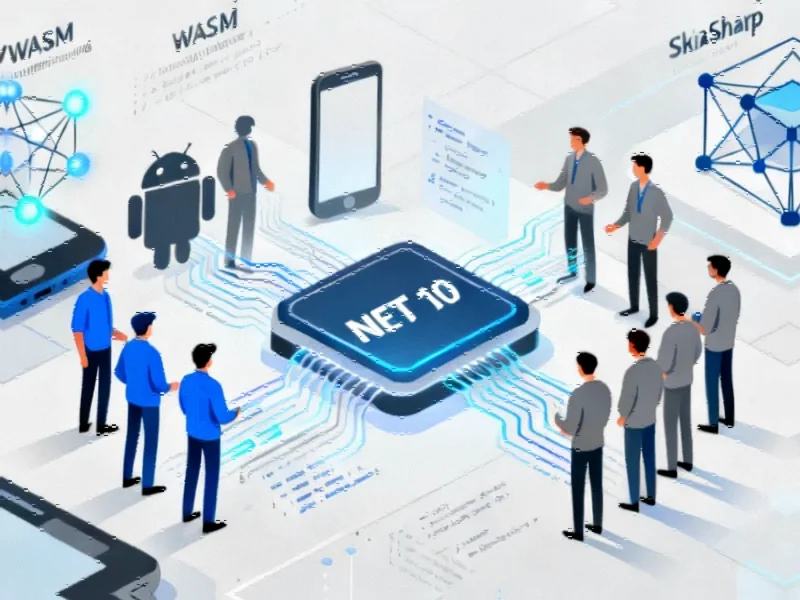Tellusim Core SDK: A New Foundation for High-Performance Computing
The technology landscape has witnessed a significant development with the release of Tellusim Core SDK on GitHub. This comprehensive C++ SDK represents a foundational layer for high-performance graphics, compute, and application development across diverse platforms and devices. By providing a unified C++ API that abstracts hardware and operating system differences, developers can now create portable, scalable applications spanning graphics, simulation, visualization, and artificial intelligence domains.
What sets this SDK apart is its comprehensive approach to GPU-accelerated computing. The framework includes robust support for meshes, images, user interfaces, and specialized algorithms including radix sort, bounding volume hierarchies (BVH), and fast Fourier transforms (FFT). Particularly noteworthy is its GPU-driven computational graph framework, which enables sophisticated machine learning workflows and advanced data processing pipelines that leverage modern hardware capabilities.
Multi-Language Support and Licensing Accessibility
Beyond its core C++ implementation, the SDK demonstrates remarkable flexibility through bindings and interoperability with C#, Rust, Swift, and Python. This multi-language support makes it suitable for diverse development scenarios, from native mobile and desktop applications to specialized game and graphics engines. The strategic decision to support multiple programming languages reflects the evolving nature of industry developments where cross-platform compatibility has become increasingly crucial.
The licensing model represents another innovative aspect of this release. Tellusim has made the Core SDK free for educational institutions and companies with annual revenue below $200,000, lowering barriers to entry for students and startups. This approach mirrors broader market trends toward accessible development tools. For evaluation purposes, the SDK can be used for testing, learning, and non-commercial experimentation without cost, while commercial deployment requires a negotiated license with Tellusim Technologies Inc.
Industry Context and Technological Significance
The release of Tellusim Core SDK arrives during a period of significant transformation across multiple technology sectors. As organizations navigate complex digital landscapes, tools that simplify cross-platform development while maximizing hardware performance have become increasingly valuable. This SDK’s approach to abstracting hardware differences while maintaining performance aligns with related innovations in the graphics and computing space.
Meanwhile, parallel recent technology developments in other sectors demonstrate how sophisticated software tools are becoming essential across industries. The Tellusim SDK’s computational capabilities, particularly its machine learning framework, position it as a potentially transformative tool for developers working on complex visualization and simulation projects.
The timing of this release coincides with increased attention to development tools that balance performance with accessibility. As seen in other sectors experiencing market trends toward specialized solutions, the Tellusim SDK addresses specific needs in high-performance computing while maintaining broad applicability. This balanced approach reflects lessons learned from various industry developments where community engagement and accessible licensing have proven crucial for adoption.
Future Implications and Development Potential
The Tellusim Core SDK represents more than just another development tool—it signals a shift toward more sophisticated, hardware-abstracted frameworks that don’t sacrifice performance for portability. Its comprehensive feature set, combined with an accessible licensing model, suggests potential for widespread adoption across academic, research, and commercial development environments.
As the technology landscape continues to evolve, tools like the Tellusim Core SDK will likely play an increasingly important role in enabling developers to create complex, high-performance applications without being constrained by platform-specific limitations. The SDK’s multi-language support and comprehensive algorithm library position it as a significant contribution to the graphics and compute development ecosystem, with potential applications ranging from scientific visualization to real-time simulation and beyond.
This article aggregates information from publicly available sources. All trademarks and copyrights belong to their respective owners.
Note: Featured image is for illustrative purposes only and does not represent any specific product, service, or entity mentioned in this article.



